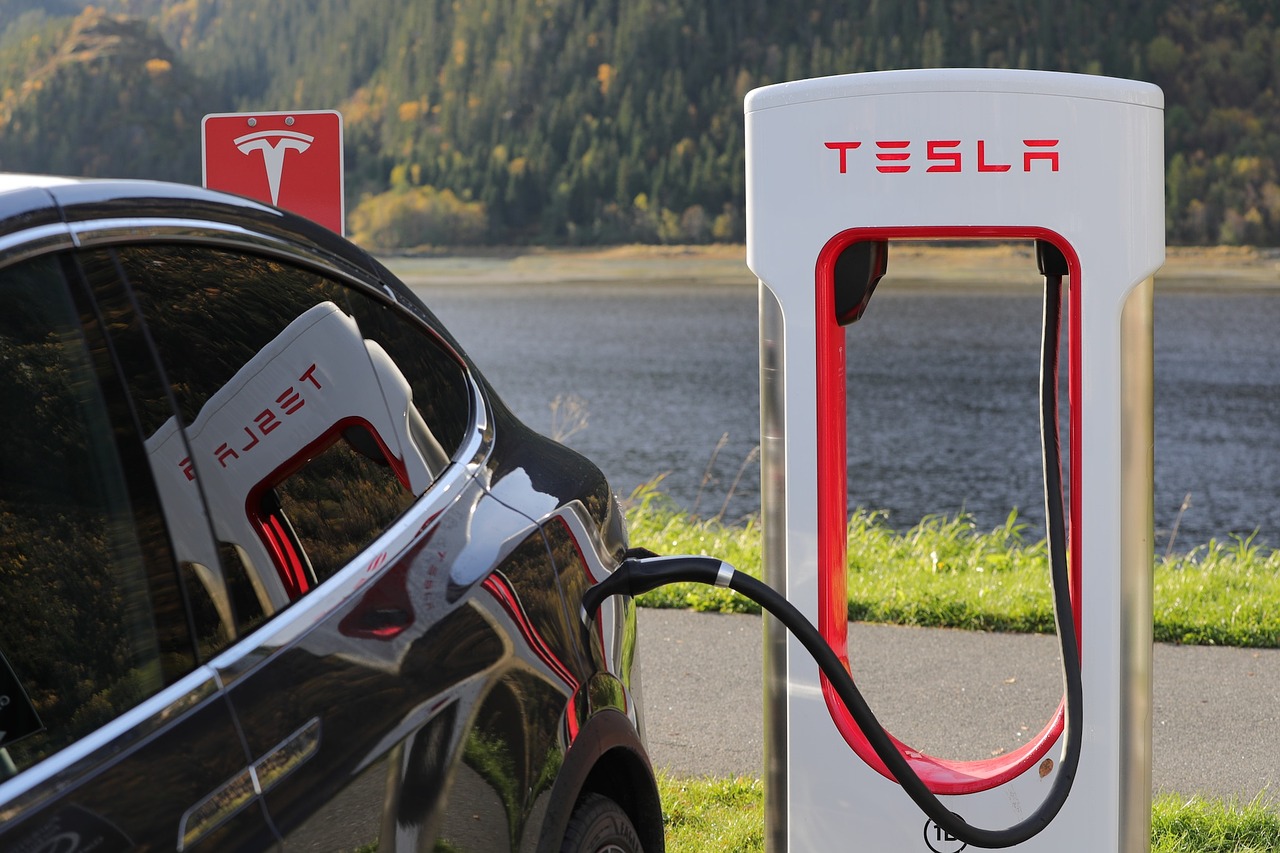When it comes to fusion reactors, it is all about creating the conditions for the existence of superhot plasma, and to contain that plasma in its form, one needs a very powerful magnetic field. ITER (International Thermonuclear Experimental Reactor) is about to commission the most powerful magnet system ever built, which is going to be a 1,000 ton, 18-meters tall, and 4.3 meters wide central solenoid coil. Of course, there are also going to be another 18 toroidal field coils, but these have a lower nominal magnetic peak, at 11.8 teslas.
The central coil is estimated to be able to deliver 13 teslas of magnetic field strength, which is roughly 280,000 stronger than Earth’s natural magnetic field. To achieve this, the superconducting material will have to carry 45 kA. Due to its massive size and weight, it is going to be based on a solid dedicated foundation that will be able to withstand a force equal to that of the thrust of a space shuttle lift-off.
The magnet cannot be constructed into a solid piece, so it will come in the form of an assembly comprising six modules, each containing 43 kilometers of coiled niobium-tin superconductors. The sealing of the coils will come through the dripping of 3,800 liters of a special kind of epoxy that can withstand extreme conditions.
The magnet is going to be completed in California and then shipped to Nice, in France, where ITER is based. The estimated date for this is some time in 2025, although delays are always possible. The goal is to have proof of concept for the generation of energy through fusion reactors by the end of the decade. ITER is not meant to operate for commercial service, and it remains a purely experimental project, but it has been used as a basis for several hopeful future reactor designs.







